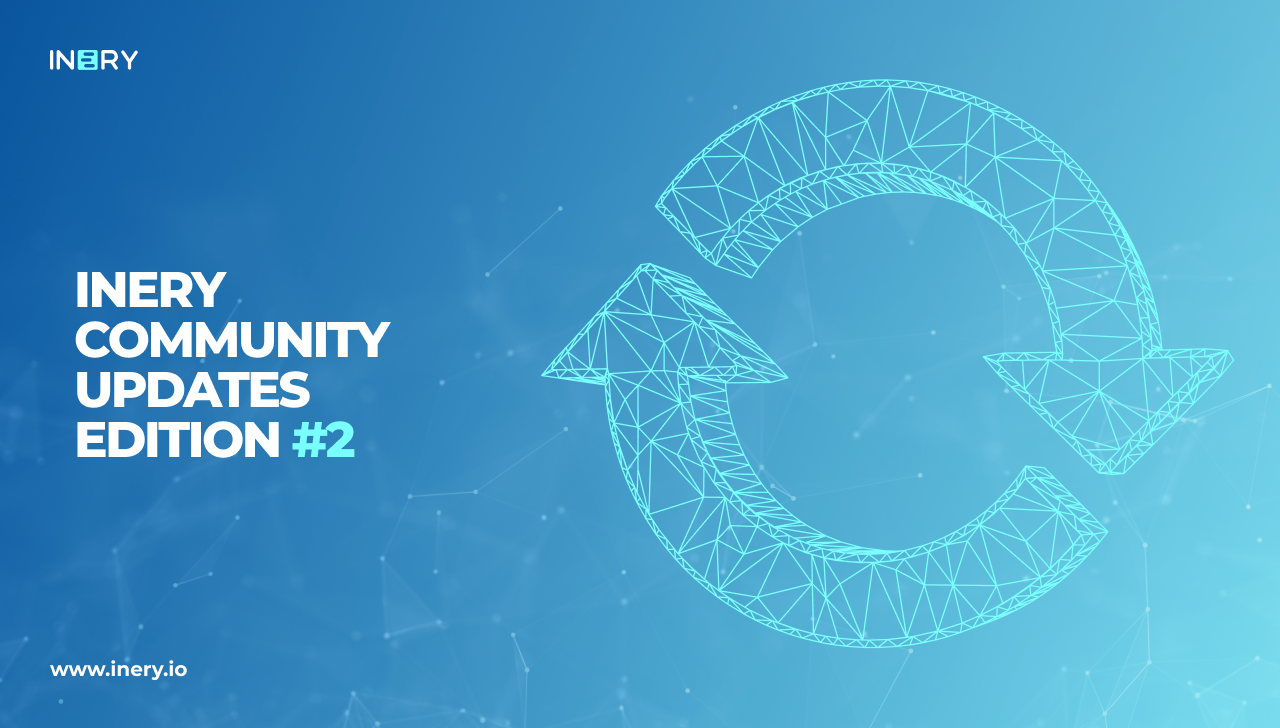Imagine you’re a freelance graphic designer juggling multiple client projects. Deadlines are looming, and you’re stuck scrolling through endless email threads to find feedback on a logo concept. Your files are scattered across cloud drives, and just when you think you’ve got it all under control, your client sends a message: “Can you send over the final final version?” The “final final” version. Cue the existential crisis.
This isn’t just a designer’s plight. It’s a universal struggle for anyone managing digital workflows. Whether it’s the office worker drowning in document versions or the logistics manager updating spreadsheets, inefficiencies pile up quickly. At the heart of it all is the challenge of organizing, tracking, and streamlining these digital processes.
Now, let’s take a step back and examine what workflows really are, why digital workflows are a game changer, and how they can make or break productivity for individuals, companies, and enterprises.
Understanding Workflows: Analog to Digital
A workflow, in essence, is just a series of tasks needed to complete a specific goal. Think of it as the step-by-step process for getting from point A to point B. Whether that’s baking a cake or filing a tax return. Traditionally, workflows were manual: paper forms, handwritten notes, and face-to-face meetings. Analog workflows, while straightforward, often required considerable time and human effort.
Enter digital workflows. These automate and digitize the tasks we once did by hand. Instead of circulating a physical document for approval, you now upload it to a platform and ping someone for a digital sign-off. From managing customer relationships to coordinating international supply chains, digital workflows are the backbone of modern business operations.
And here’s the kicker: streamlined workflows don’t just save time. They save money, minimize errors, and ensure consistency. They’re the difference between missing a deadline and celebrating a job well done. But what happens when the very tools meant to simplify your life end up complicating it instead?
The Challenges of Streamlining Digital Workflows
Streamlining sounds easy, right? At least in theory. However, real-world attempts often reveal a tangled web of issues. Let’s unpack the biggest culprits.
First, there’s fragmentation. Companies and enterprises use a plethora of tools to manage their workflows: email for communication, spreadsheets for tracking, and cloud storage for sharing files. While each tool is helpful on its own, the lack of integration between them can create bottlenecks. For instance, a project manager might spend hours reconciling updates from multiple platforms into a single report. That’s not “streamlined”. It’s exhausting.
Then there’s the issue of data duplication and version control. Picture this: one team member edits a file, saves it under a new name, and shares it. Another team member, unaware, updates the old version. Suddenly, there are two conflicting “final” drafts. Multiply this by ten teams, and you’ve got chaos.
Security is another major hurdle. As workflows move online, sensitive data, from employee records to customer information, becomes vulnerable to breaches. A 2022 report by IBM noted that the average cost of a data breach was $4.35 million, accentuating the need for resilient and reliable security protocols in digital workflows.
Finally, there’s user resistance. People are creatures of habit, and introducing new systems can feel like pulling teeth. No matter how efficient a workflow tool is, if employees find it confusing or cumbersome, they’re likely to resist adoption. Or worse, bypass it altogether.
Exploring Solutions: A Glimmer of Hope
So, what’s the fix? Several solutions aim to tackle these challenges. Workflow management software like Asana or Monday.com excels at organizing tasks, assigning roles, and tracking progress. These tools are intuitive and visually appealing but can struggle with scalability and security when dealing with sensitive data.
Automation platforms like Zapier and Make (formerly Integromat) connect various apps, enabling seamless data transfers. However, they’re often limited by the APIs of the software they integrate with, which can lead to partial, rather than full, workflow automation.
Enterprise Resource Planning (ERP) systems offer an all-in-one solution for large organizations, integrating workflows across departments. While powerful, ERPs are notoriously complex and costly, making them a tough sell for small to mid-sized businesses.
Enter Inery DLT – a decentralized technology designed to tackle these issues head-on. Unlike traditional systems that rely on centralized servers, Inery ensures data immutability and transparency. Every action in a workflow—whether it’s editing a document or approving a task—is recorded as a timestamped, tamper-proof entry. This eliminates version control issues and provides an auditable trail for compliance purposes.
But Inery doesn’t stop at record-keeping. It also integrates seamlessly with existing tools, acting as a unifying layer that connects fragmented workflows. Imagine your CRM system, cloud storage, and communication platform all syncing effortlessly through Inery’s infrastructure. Suddenly, those scattered files and disconnected updates aren’t a headache anymore.
Security, often a pain point in digital workflows, is another area where Inery shines. Its decentralized architecture minimizes the risk of single-point failures, making it exponentially harder for cybercriminals to compromise data. Plus, Inery’s smart contracts automate routine tasks while ensuring strict access controls, adding an extra layer of protection.
What about scalability? Traditional systems often struggle to adapt as businesses grow, but Inery’s nature means it can handle increasing workloads without breaking a sweat. Whether you’re a small startup or a global enterprise, Inery scales to fit your needs.
Conclusion
Digital workflows are the lifeblood of modern organizations, but streamlining them is no small feat. Fragmentation, version control issues, security risks, and user resistance can turn even the best-laid plans into a logistical nightmare.
While traditional solutions offer some relief, they often fall short of providing the comprehensive, scalable, and secure functionality businesses need. That’s where Inery DLT stands out. By simplifying, securing, and unifying digital workflows, Inery makes it the ultimate ally in the quest for efficiency.
The next time you’re chasing down the “final final” version of a file, consider this: with Inery, the search might just be over before it begins. Efficiency, meet simplicity. Finally.

Inery•
3 years ago
Inery Community Updates Edition #2
This edition of community updates will focus on what has happened since then and some more exciting news. ...READ MORE

Share

Inery•
3 years ago
Inery’s Nobility: Putting Data Sovereignty First
Data sovereignty at the frontier of web3 ...READ MORE

Share

Inery•
3 years ago
What is Inery?
A deep dive into Inery, the problem we are solving, use-cases, a look at team and advisors ...READ MORE

Share

Inery•
1 year ago
The IneryDB Glossary
For an easier time making heads or tails of IneryDB, skim through this handy glossary of key IneryDB terms. ...READ MORE

Share
Most popular today

-1736355881.jpg)
